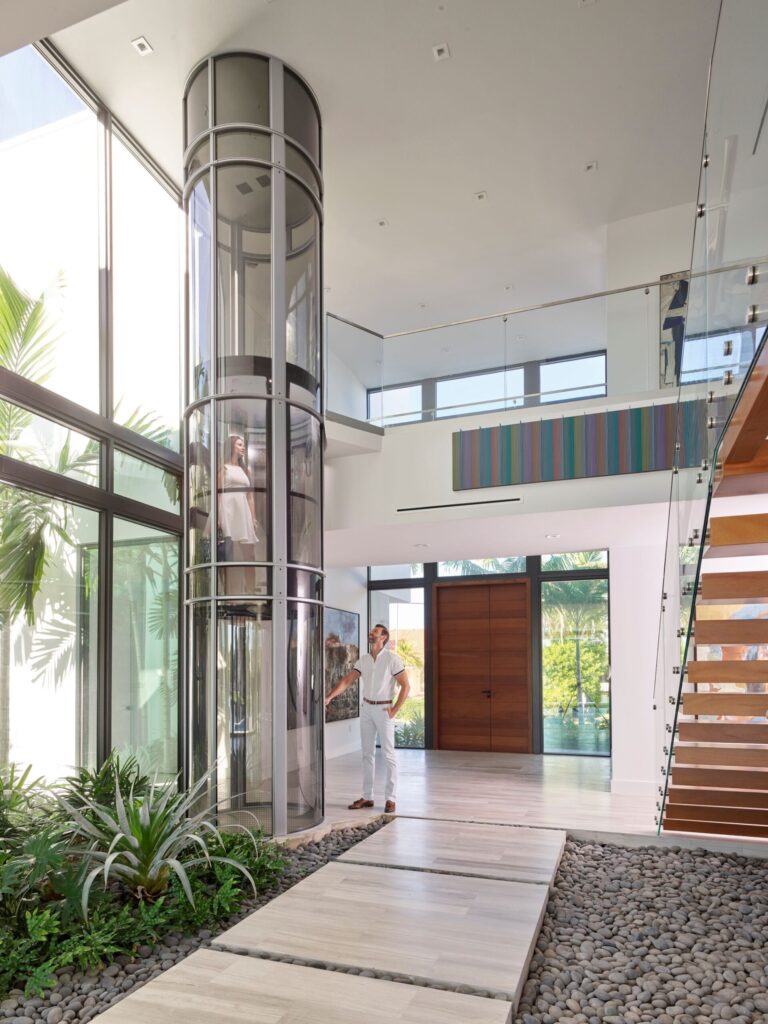Imagine soaring through your own personal, transparent castle, gliding effortlessly between floors bathed in natural light. Glass elevators, once the stuff of futuristic movies, are becoming increasingly popular additions to modern homes. But are they all they’re cracked up to be?
This Glass Elevators 101 guide dives deep into the world of these sleek home additions, exploring their benefits, drawbacks, and crucial considerations to help you decide if a glass elevator is the right fit for your dream home.
Soaring Benefits: Why Choose a Glass Elevator?
1. Unmatched Aesthetics: Glass elevators add a wow factor to any home, injecting a touch of modern luxury and sophistication. They enhance the feeling of spaciousness, creating an illusion of continuity between floors and allowing natural light to flood your living space.
2. Accessibility and Convenience: For individuals with mobility restrictions or those simply seeking effortless movement, glass elevators offer a comfortable and convenient solution. They eliminate the need for stairs, making every level of your home easily accessible.
3. Panoramic Views: Imagine stepping into your elevator and being greeted by a breathtaking vista of your surrounding landscape. Glass elevators provide unobstructed views, transforming everyday commutes between floors into mini-sightseeing adventures.
4. Increased Home Value: As unique and desirable features, glass elevators can potentially add value to your home, making it stand out in the market and attracting discerning buyers.
5. Space Optimization: Compared to traditional stairwells, glass elevators occupy less floor space, freeing up valuable square footage for additional living areas.
Consider These Before You Take the Plunge: Drawbacks of Glass Elevators
1. Cost: Glass elevators are undoubtedly a significant investment, typically costing significantly more than traditional elevators or staircases. Installation, maintenance, and potential repairs can also add to the long-term financial commitment.
2. Privacy Concerns: While some may find the transparency exhilarating, others might have privacy concerns. Fortunately, various glass options, like frosted or switchable glass, offer varying degrees of privacy to suit individual preferences.
3. Safety Considerations: While modern glass elevators are incredibly safe, some homeowners might worry about potential breakage. However, tempered, laminated glass is standard in these elevators, ensuring exceptional strength and safety.
4. Building Codes and Permits: Installing a glass elevator in your home might require obtaining specific permits and adhering to building codes. Consulting with a qualified architect and contractor is crucial before embarking on this project.
5. Limited Passenger Capacity: Glass elevators typically have a smaller capacity compared to traditional elevators, making them less suitable for large families or high-traffic households.
Essential Considerations: Making an Informed Decision
1. Functionality vs. Aesthetics: Carefully assess your needs and lifestyle. While the aesthetics are undeniable, ensure a glass elevator truly complements your daily routines and doesn’t become an impractical addition.
2. Space Constraints: Measure your available space meticulously. Consult with architects and contractors to ensure the chosen elevator size aligns perfectly with your existing layout.
3. Budgetary Considerations: Be prepared for the significant financial commitment involved in acquiring, installing, and maintaining a glass elevator. Set realistic budget expectations and explore financing options if necessary.
4. Safety and Maintenance: Prioritize safety. Research reputable manufacturers and ensure the elevator adheres to stringent safety regulations. Choose companies with established maintenance expertise to address any future concerns.
5. Personal Preferences: Consider your comfort level with transparency. Opt for privacy-enhancing glass options like frosting or switchable glass if a completely transparent design feels overwhelming.
Customization Options for Your Glass Elevator
- Glass Tinting and Finishes: From clear to frosted or mirrored, you can choose the level of transparency that best balances your desire for light and privacy.
- Lighting Design: Create a dramatic ambiance or enhance safety with strategically placed LED lighting inside the elevator and along the hoistway.
- Interior Finishes: Elevate the interior with a variety of flooring options, from sleek marble to luxurious carpeting, and customize the ceiling and wall finishes to complement your home’s décor.
- Control Systems: Opt for touch-screen panels, voice-activated controls, or even integrate the elevator system with your smart home for seamless control.
The Future of Glass Elevators: Innovation and Sustainability
The future of glass elevators is bright, with advancements in technology and materials promising exciting possibilities:
- Self-cleaning glass: Imagine never having to clean your elevator again! Researchers are developing self-cleaning glass with unique coatings that repel dirt and grime.
- Energy-efficient designs: Advancements in motor technology and regenerative braking systems are paving the way for more energy-efficient glass elevators, reducing their environmental impact.
- Integration with smart homes: Seamless integration with smart home systems will allow for voice-activated controls, personalized lighting preferences, and even scheduling elevator journeys.
Exploring Different Types of Glass Home Elevators
Not all glass elevators are created equal. Depending on your space, budget, and desired aesthetics, you can choose from various types, each offering unique advantages:
Pneumatic Vacuum Elevators (PVEs):

These self-contained units are ideal for retrofitting existing homes due to their compact design and minimal construction needs. They utilize air pressure to propel the elevator, making them a quiet and energy-efficient option. Here’s what makes them stand out:
- Space-saving: Perfect for situations where a dedicated elevator shaft might not be feasible. (Great for maximizing existing square footage!)
- Easy installation: Requires minimal construction compared to other elevator types. (A quicker path to enjoying your glass elevator!)
- Environmentally friendly: Known for their energy efficiency. (Sustainable living starts at home!)
Considering a Pneumatic Vacuum Elevator? PVE (www.vacuumelevators.com) is a reputable manufacturer specializing in these innovative home elevators.
Hydraulic Elevators:

Powered by a hydraulic pump, these elevators offer a smooth and quiet ride. They are a popular choice for homes with multiple floors due to their reliable performance and ability to handle heavier loads.
Here are some key features of hydraulic elevators:
- Smooth and silent operation: Ideal for noise-sensitive environments.
- Higher weight capacity: Can accommodate larger families and heavier objects.
- Versatility: Suitable for a wide range of home styles.
However, hydraulic elevators do require a dedicated machine room, which can take up valuable space in your home. Additionally, their installation can be more complex compared to pneumatic vacuum elevators.
Traction Drive Elevators:

These elevators utilize a traction motor and counterweight system for movement. They offer high efficiency and the ability to customize speeds, making them ideal for taller homes with multiple floors.
Here’s what makes traction drive elevators stand out:
- Highly efficient: Known for their low energy consumption.
- Customizable speeds: Adjust the speed to suit your preferences and needs.
- Suitable for tall homes: Can handle the demands of multi-story buildings.
However, traction drive elevators typically require a dedicated machine room similar to hydraulic elevators, and they might be the most expensive option among the three.
Shaftless Elevators:

As the name suggests, these elevators eliminate the need for a separate shaft. This makes them a perfect choice for open floor plans and creates a truly seamless visual experience. They are often powered by a traction drive system or a sophisticated belt-driven mechanism.
Here are the key benefits of shaftless elevators:
- Space-saving design: Ideal for open floor plans and maximizing space utilization.
- Visually stunning: Creates a dramatic focal point in your home.
- Modern aesthetic: Perfectly complements contemporary architectural styles.
However, shaftless elevators can be the most complex and expensive option to install due to their unique design and engineering requirements. Additionally, their weight capacity might be limited compared to traditional shaft-based elevators.
Ultimately, the best type of glass elevator for your home depends on your specific needs, budget, and available space. Consulting with a qualified architect or elevator specialist can help you determine the most suitable option for your dream home.
Glass Elevator FAQs: Bringing Transparency to Your Home
Glass elevators are no longer confined to futuristic movies. They’re becoming a desirable addition to modern homes, offering a touch of luxury and functionality. But before you take the plunge, here are 15 frequently asked questions to help you decide if a glass elevator is right for you:
General Inquiries
- Are glass elevators safe? Absolutely! Modern glass elevators use tempered laminated glass, incredibly strong and designed to shatter safely in case of extreme impact.
- Do glass elevators require a lot of maintenance? Regular maintenance is crucial for any elevator, including glass elevators. Consult with the manufacturer for specific recommendations.
- How much do glass elevators cost? Glass elevators are a significant investment, typically costing more than traditional elevators or staircases. The exact price depends on size, type, and customization options.
- Can I add a glass elevator to my existing home? While possible, it depends on your home’s structure and available space. Consulting with an architect or contractor is crucial to determine feasibility.
- Do I need permits for a glass elevator? Most likely, yes. Building codes and permit requirements vary by location. Check with your local building department.
Benefits and Functionality
- Are glass elevators energy-efficient? It depends on the type. Pneumatic vacuum elevators are known for their low energy consumption.
- Do glass elevators make my home feel bigger? Absolutely! The transparency creates an illusion of spaciousness and allows natural light to flow freely.
- Are glass elevators accessible for people with disabilities? Yes, they can be a fantastic accessibility solution, eliminating the need for stairs.
- Can I customize the interior of a glass elevator? Yes! You can personalize the interior with various finishes, lighting options, and even control panels to match your home’s style.
Aesthetics and Privacy
- What if I want some privacy in my elevator? No problem! Frosted or switchable glass options offer varying degrees of privacy while still allowing natural light to permeate.
- Will a glass elevator make my home noisy? Modern glass elevators are designed to be quiet. However, consult with the manufacturer about specific noise levels of different models.
- Can I choose the shape of my glass elevator? While rectangular is common, some manufacturers offer curved or even circular shapes for a truly unique focal point.
- How can I integrate a glass elevator into my existing décor? Glass elevators can complement various styles. Discuss design options with your architect or contractor to achieve a seamless look.
Additional Considerations
- What happens if the power goes out? Most glass elevators have backup battery systems that ensure safe descent in case of a power outage.
- Is there a weight limit for glass elevators? Yes, the weight capacity depends on the type and size of the elevator. Be sure to choose one that suits your needs.








